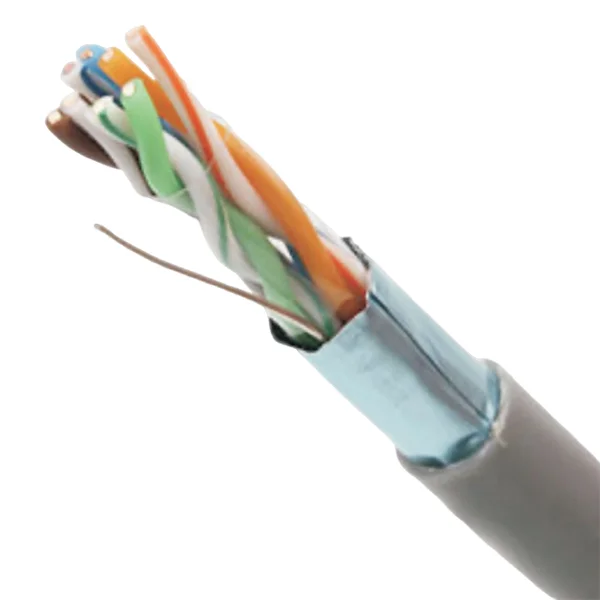Powering Precision: A Comprehensive Guide to Common Resistors in Power Circuits
3 min readIn the realm of electrical engineering, power circuits play a pivotal role in the efficient distribution and management of electrical energy. Within these circuits, resistors are fundamental components that not only regulate current flow but also protect sensitive devices from voltage spikes and fluctuations. Understanding the types of resistors commonly used in power circuits is essential for engineers and hobbyists alike, as it can significantly impact the performance and reliability of electronic systems. This article delves into the various types of resistors utilized in power circuits, their applications, and key considerations for selection.
- Understanding Resistor Types in Power Circuits
Resistors come in various forms, each designed to meet specific requirements in power circuits. The most commonly used types include:
1.1. Wirewound Resistors
Wirewound resistors are constructed by winding a metal wire around a ceramic or fiberglass core. They are known for their high power ratings and excellent thermal stability, making them ideal for high-current applications. These resistors can handle significant amounts of power without overheating, which is crucial in power circuits where energy dissipation is a concern. Wirewound resistors are often used in power supplies, motor controls, and load testing applications.
1.2. Thick Film Resistors
Thick film resistors are made by depositing a resistive material onto a substrate, typically ceramic. They are widely used in power circuits due to their compact size and cost-effectiveness. Thick film resistors can handle moderate power levels and are often found in consumer electronics, automotive applications, and industrial equipment. Their ability to withstand high temperatures makes them suitable for environments where thermal management is critical.
1.3. Thin Film Resistors
Thin film resistors are similar to thick film resistors but are manufactured using a different process that results in a thinner resistive layer. This construction provides superior precision and stability, making thin film resistors ideal for applications requiring high accuracy, such as precision measurement devices and instrumentation. While they are not typically used for high-power applications, their reliability and performance in low-power circuits make them invaluable in many designs.
- Key Considerations for Selecting Resistors in Power Circuits
When choosing resistors for power circuits, several factors must be taken into account to ensure optimal performance:
2.1. Power Rating
The power rating of a resistor indicates the maximum amount of power it can dissipate without failure. In power circuits, it is crucial to select resistors with power ratings that exceed the expected load to prevent overheating and potential damage. Engineers often use a safety margin, selecting resistors rated for at least 1.5 times the expected power dissipation.
2.2. Temperature Coefficient
The temperature coefficient of resistance (TCR) measures how much a resistor's value changes with temperature. In power circuits, where temperature fluctuations can occur, selecting resistors with low TCR values ensures stability and accuracy. This is particularly important in applications where precision is critical, such as in feedback loops and control systems.
2.3. Tolerance
Tolerance refers to the allowable deviation from the nominal resistance value. In power circuits, tighter tolerances are often required to maintain circuit performance. For instance, in precision applications, resistors with tolerances of 1% or better are preferred, while less critical applications may allow for higher tolerances.
- Applications of Resistors in Power Circuits
Resistors serve various functions in power circuits, including:
3.1. Current Limiting
In many power circuits, resistors are used to limit the current flowing through a component, protecting it from damage. This is particularly important in LED circuits, where excessive current can lead to premature failure.
3.2. Voltage Division
Resistors can be configured in voltage divider circuits to produce a desired output voltage from a higher input voltage. This technique is commonly used in sensor applications and signal conditioning.
3.3. Load Testing
Wirewound resistors are often employed as load resistors in testing scenarios, allowing engineers to simulate real-world conditions and evaluate the performance of power supplies and other components.
Conclusion
In summary, understanding the various types of resistors commonly used in power circuits is essential for designing reliable and efficient electronic systems. Wirewound, thick film, and thin film resistors each offer unique advantages that cater to different applications and requirements. By considering factors such as power rating, temperature coefficient, and tolerance, engineers can make informed decisions that enhance the performance and longevity of their designs. As technology continues to evolve, the role of resistors in power circuits will remain critical, underscoring the importance of selecting the right components for optimal functionality.

